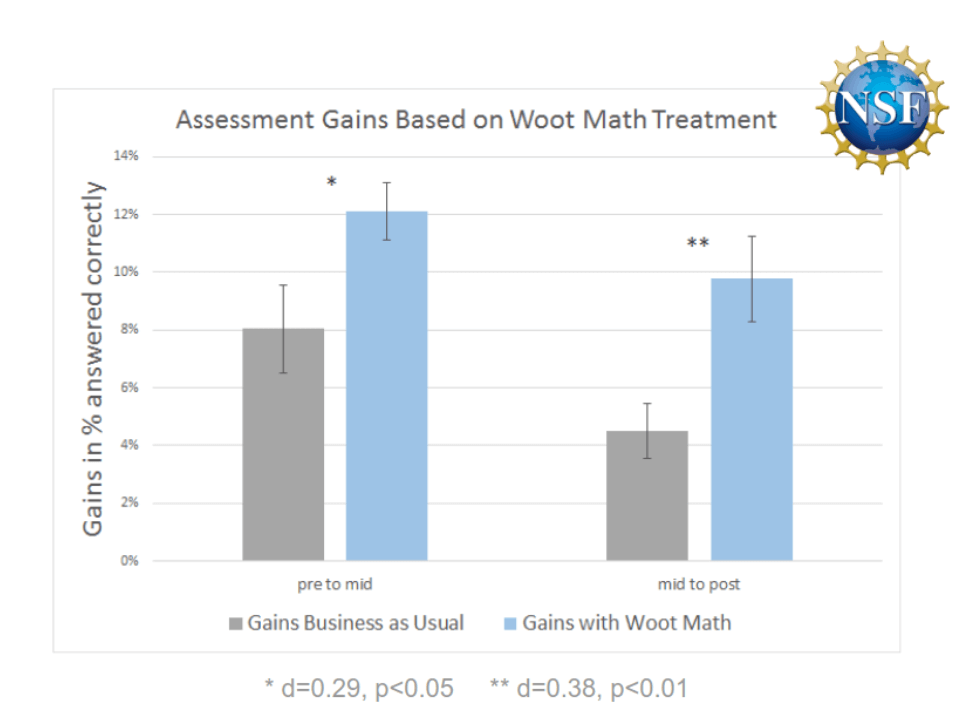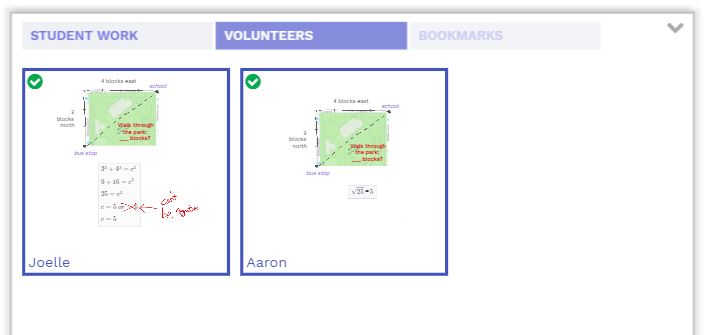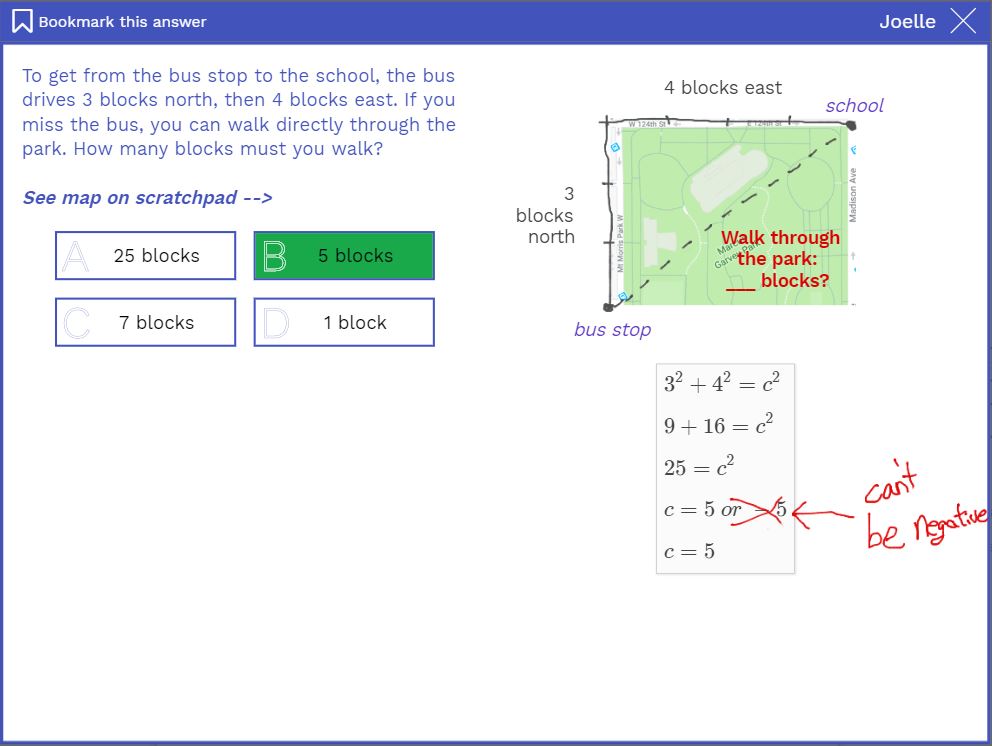HELP YOUR STUDENTS MASTER FRACTIONS AND PREPARE THEM FOR SUCCESS IN ALGEBRA AND BEYOND
The problem with fractions, and more broadly rational numbers, is pervasive. And has huge implications for all of our students.
Woot Math is research-backed with support from prominent organizations such as the Department of Education / Institute of Education Sciences, National Science Foundation, and the Bill and Melinda Gates Foundation. And Woot Math has been acknowledged as one of the leaders in utilizing research to help students be successful.
Woot Math was originally designed for middle school students who are struggling to learn key concepts like fractions that are preventing them from being ready for Algebra. If you are a math teacher, you know fractions are a challenge for students. But it isn’t just for the middle grades. Woot Math is used in conjunction with the core curriculum as early as 3rd grade. And used in intervention and remediation for middle and even high school students.







We work with leading researchers
In fact, a recent study funded by the National Science Foundation showed a 2X improvement in learning outcomes when students use Woot Math compared to when they do not.

READ MORE
Woot Math works with leading researchers to bring the best of learning sciences and mathematics education to life in fun and engaging ways to help students succeed. We are used across the world with great success. In fact, a recent study funded by the National Science Foundation showed a 2X improvement in learning outcomes when students use Woot Math compared to when they do not.
This study was a randomized crossover trial (Woot Math was blinded to this study), and run by researchers from the University of Colorado and University of Minnesota. It included 23 teachers (4th and 5th grade) from 8 schools and 2 districts.
The crossover trial involved a pre assessment, Woot Math or Business as Usual for 10 instructional hours, followed by a mid assessment. The groups then swap treatments, and end with a post assessment.

The results show that students learned more when Woot Math was added to classroom instruction than they did from “Business as Usual” instruction. The gains seen were 29% from pre-mid and 38% from mid-post assessment.

How are these types of outcomes achieved? Woot Math provides short-form video and fun problem-solving to explore and build conceptual understanding of the most challenging topics our students face. It isn’t skill-and-drill, but instead is focused on truly helping students understand the reason behind how rational numbers work.
In addition to the short videos, Woot Math includes multiple layers of scaffolded help, including review levels, quick tips, extra video instruction, and foundational levels. The scaffolded help goes beyond just assessing right/wrong, and also includes real-time analysis of each student’s work to address their specific struggling points – tailoring the content to meet each student’s personal needs.

Many adults also need help with fractions.
One of the most vivid arithmetic failings displayed by Americans occurred in the early 1980s (as reported by the New York Times)
READ MORE
One of the most vivid arithmetic failings displayed by Americans occurred in the early 1980s, when the A&W restaurant chain released a new hamburger to rival the McDonald’s Quarter Pounder. With a third-pound of beef, the A&W burger had more meat than the Quarter Pounder; in taste tests, customers preferred A&W’s burger. And it was less expensive. A lavish A&W television and radio marketing campaign cited these benefits. Yet instead of leaping at the great value, customers snubbed it.
Only when the company held customer focus groups did it become clear why. The Third Pounder presented the American public with a test in fractions. And we failed. Misunderstanding the value of one-third, customers believed they were being overcharged. Why, they asked the researchers, should they pay the same amount for a third of a pound of meat as they did for a quarter-pound of meat at McDonald’s. The “4” in “¼,” larger than the “3” in “⅓,” led them astray.
https://www.nytimes.com/2014/07/27/magazine/why-do-americans-stink-at-math.html
Why is Algebra such a stumbling block?
What is keeping our students from succeeding? Fractions, of course. We know that our students are struggling to master these key concepts. We also know that it is critical that they do so.

READ MORE
It is also predictive for students’ mathematical achievement years later.”
– Bridging the gap: Fraction understanding is central to mathematics achievement in students from three different continents. Torbeyns, Schneider, Xin, and Siegler, 2015
Key features of Woot math

Digital Manipulatives
Students are able to interact and connect multiple representations, a critical bridge to fluency with rational numbers.

Adaptive Engine
Our adaptive technology is able to go beyond right or wrong and address each student's actual work. This enables us to deliver personalized instruction.

Multiple Models
Help build effective mental models. Multiple representations of concepts and engaging, hands-on interactions deepen number sense.

Instuctional Video
Inline, instructional video introduces the students to new concepts, and, when they are struggling, gives additional, scaffolded instruction.

Actionable Data
Quickly assess screenshots of student work to gain insight into areas of struggle and success. Woot Math gives you the data you need, when you need it.

Engaging for Students
Designed for middle school students. 95% of students have found Woot Math helpful, and would recommend Woot Math to another student.
At Woot Math, our passion is to help all students be successful. As stated by Dr. Siegler, the ramifications for us not doing so are much too high.
It closes a lot of doors for children.”
We invite you to try Woot Math with your students. Whether you are a teacher, a homeschool parent, or a tutor, we believe you will have a great experience. And more importantly, it will help your students master the key foundational topics that they need to be successful.





